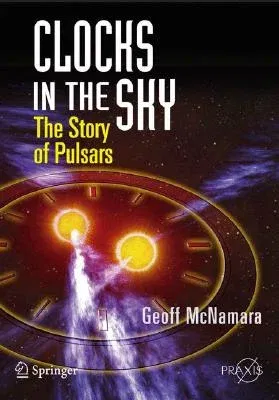Geoff McNamara
(Author)Clocks in the Sky: The Story of Pulsars (2008)Paperback - 2008, 17 November 2008

Qty
1
Turbo
Ships in 2 - 3 days
In Stock
Free Delivery
Cash on Delivery
15 Days
Free Returns
Secure Checkout
Part of Series
Springer Praxis Books
Part of Series
Springer-Praxis Books in Popular Astronomy
Part of Series
Popular Astronomy
Print Length
190 pages
Language
English
Publisher
Praxis Publications Inc
Date Published
17 Nov 2008
ISBN-10
0387765603
ISBN-13
9780387765600
Description
Product Details
Author:
Book Edition:
2008
Book Format:
Paperback
Country of Origin:
DE
Date Published:
17 November 2008
Dimensions:
24.33 x
16.76 x
1.3 cm
ISBN-10:
0387765603
ISBN-13:
9780387765600
Language:
English
Location:
New York, NY
Pages:
190
Publisher:
Weight:
408.23 gm

